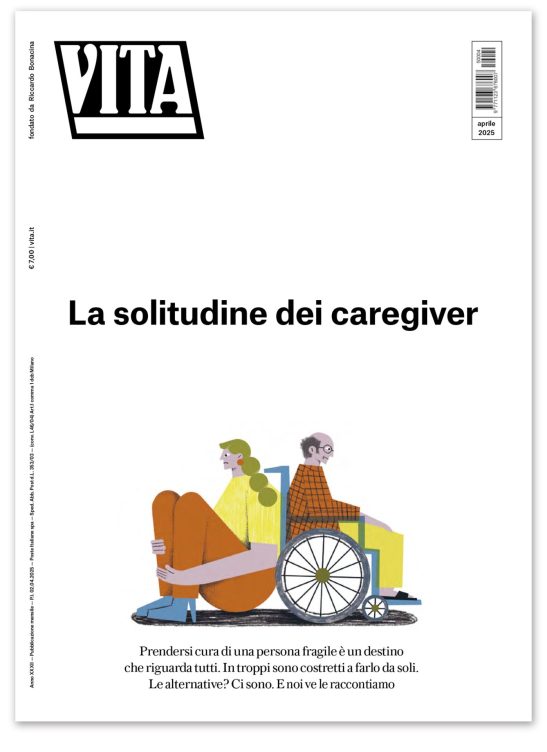By David Newman and Scott J. Stone¹
The international climate negotiations in Durban, South Africa, concluded with new momentum toward a comprehensive agreement on climate change. It is a remarkable turnaround from two years ago in Copenhagen, where negotiations fell far short of expectations and raised questions over whether a multilateral process could address climate change. Now the race is on, once again, for a new treaty.
The process launched in Durban seeks to yield a legal instrument applying to all countries by the end of 2015, to enter into force in 2020. As part of this process, major economies such as China, India, Brazil, and South Africa are expected to undertake emission mitigation commitments in the post-2020 period, along with developed countries.
In the meantime, a second commitment period under the Kyoto Protocol will commence in 2013, with its duration and other details, including mitigation targets, to be decided in the coming year. This preserves existing carbon market infrastructure, such as the Clean Development Mechanism (CDM). However, the second commitment period is not expected to spark a meaningful increase in demand for carbon credits, as it likely will apply only to the European Union, Norway, Switzerland, New Zealand, and potentially Australia. Canada, Japan, and Russia are not expected to take part, nor will the United States, who never ratified it.
The seminal question is how serious this new, three-year negotiating process will be, particularly given that the last push for a climate treaty ended in chaos in Copenhagen in 2009. However, there are several differences in the process leading up to Copenhagen and the process just launched in Durban.
First, major emitting developing countries, such as Brazil, South Africa, India, China, and others, are expected to take on emission reduction commitments as part of any long-term deal. This both reflects and prefigures a gradual re-ordering of the world, recognizing the rising economic and political power of the so-called BASIC countries and their increasingly significant greenhouse gas emission profiles. This also is essential for the participation of developed countries, including in particular the United States and Canada, who would not be expected to join any agreement that limits their emissions without comparable (though not necessarily identical) limits on emerging economies.
Second, the negotiations will occur in a single track, to be known as the Ad Hoc Working Group on the Durban Platform for Enhanced Action. In the run up to Copenhagen, negotiations were conducted along two separate tracks, one focusing on future commitments for developed countries under the Kyoto Protocol and another focusing on a broader agreement covering all other countries. Although not without merit, the two-track process added to rather than reduced the complexity of the negotiations, particularly with respect to the perpetually controversial need to ensure ‘balance’ among the outcomes of each track. The new, single track will commence in the first half of 2012, with the old two-track process winding down and terminating by the end of next year.
Third, new institutions have been established and are in the process of being implemented that will have a significant impact on the credibility of the international process and the willingness of governments to accept future limitations on emissions. Heading into Copenhagen, these institutions, for finance, technology, adaptation, new market mechanisms, forestry, and other climate-related instrumentalities, were words on a page. Heading toward 2015, these institutions have been negotiated and are already being implemented. In effect, major pillars of a future agreement already are in place.
These institutions are the legacy of the last two climate conferences, having been outlined in the Copenhagen Accord in 2009 and set into motion by the Cancun Agreements in 2010. They owe their existence to the 2020 mitigation pledges made by more than 80 countries in the Copenhagen Accord. In aggregate these pledges, which comprise both developed and developing countries and virtually all major emitters, fell short of the recommendations of the Intergovernmental Panel on Climate Change (IPCC). But they created demand for financial and technical resources — both to help developing countries meet their pledges and to fill the ‘gap’ between the aggregated pledges and the IPCC recommendations.
Negotiators took a step forward in implementing these institutions in Durban — e.g., formally establishing the Green Climate Fund, commencing work under the Technology Mechanism, outlining tasks for the Adaptation Committee, and creating, without any specificity, a new market mechanism, to be elaborated upon in the coming year. These institutions are most prominently expected to channel resources to developing countries, which are needed to provide the technical capacity to achieve future emission reductions — and the political will to agree to them. But more importantly, the criteria, expert advisory panels, and other infrastructure these institutions create have the potential to add a layer of objectivity to international climate governance. Rather than simply relying on highly politicized negotiations for direction, which often proves futile, these institutions could play a critical role in establishing a more rational framework for prioritizing action.
The further implementation of these institutions over the next two years will be essential to the success of the negotiations over a new treaty by the end of 2015. Failure to implement them will undermine the credibility of donor countries and all but eliminate the incentive for developing countries to make emissions reduction commitments as part of a post-2020 agreement. The waste management and recycling sector, for example, can play an important role in facilitating implementation, given its capacity for achieving meaningful, near-term emission reductions using proven, widely available technologies.
Finally, there is potential for a far greater role for the private sector. The aforementioned institutions will rely significantly on public funds, largely from developed countries. However, given the global scale and diversity of issues involved in climate mitigation and adaptation activities, public funding alone is insufficient. Emerging economies such as China, Mexico, and South Korea, among others, may contribute money to the Green Climate Fund, among other institutional efforts to address climate change. But a truly global and ultimately effective response will depend on designing these institutions to leverage private capital. Many governments are increasingly aware, and increasingly receptive, to business-oriented views and expertise that would allow them to craft institutions and other international infrastructure capable of creating wealth — rather than merely redistributing resources.
As this next treaty-making process starts up, the need for private capital is making this process less about climate change and far more about economic development and the deployment of effective sustainability strategies. Those sectors most capable of utilizing existing, cost-effective technologies and techniques to reduce greenhouse gas emissions while also delivering important social and economic co-benefits, such as the waste management and recycling sector, therefore stand the most to gain in the coming decade, as a post-2020 framework for global environmental governance begins to take shape.
[1] David Newman is the Vice President of the International Solid Waste Association (ISWA). Scott J. Stone is an attorney with the law firm of Hunton & Williams LLP and the Chair of the Climate Consensus Workshops. The authors retain full copyright and publishing rights to this article.
17 centesimi al giorno sono troppi?
Poco più di un euro a settimana, un caffè al bar o forse meno. 60 euro l’anno per tutti i contenuti di VITA, gli articoli online senza pubblicità, i magazine, le newsletter, i podcast, le infografiche e i libri digitali. Ma soprattutto per aiutarci a raccontare il sociale con sempre maggiore forza e incisività.

